
| |
|
| |
| The PIRE-ECCI project wouldn't exist without the outstanding faculty members from across campus that contribute every day to the success of the program. Besides the Principle Investigators and additional senior scientific personnel, we have collaborative efforts from the Education Department, Technology Management Program, and evaluation experts in science research. | |
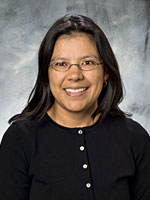 |
Maria-Ofelia Aguirre
Education Programs Manager UC Santa Barbara In her current role as Education Programs Manager at the California NanoSystems Institute (CNSI) at UCSB, Ofelia has expanded her collaboration with UCSB and community college faculty, administrators and staff to direct several NSF and UC programs to improve community college transfer rates, undergraduate research training, and new recruitment/retention strategies to diversify the graduate population and professoriate. Within one of these programs, the Summer Institute in Mathematics and Science (SIMS), we will partner with Ms. Aguirre to identify and support pre-freshman science students with the hopes of encouraging and recruiting them earlier in their academic career. Ms. Aguirre will be a source of consultation for recruiting diversified candidates into our expanding network of researchers. |
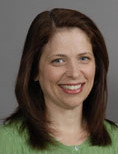 |
Julie Bianchini
Associate Professor of Education UC Santa Barbara Julie Bianchini is an associate professor of education and advisor to future education professionals. Her expertise lies in issues of equity and diversity in science and science education; the history, philosophy, and sociology of science; and teacher education and professional development. During Phase-I, Ms. Bianchini served as the advisor to a graduate student researcher, Anne Wrigley, who wrote her thesis on the educational impact of the PIRE. This phase, she will continue to act as a consultant and resource of expertise on the expanded evaluation assessment of the educational impact of our program to our student researchers. |
 |
Steve Buratto Professor of Chemistry UC Santa Barbara Steve Buratto served as a Principle Investigator in Phase I of the PIRE-ECCI program. His research involves optical microscopy and optical spectroscopy in spatial resolution of the order of 10nm, and single molecule sensitivity. The application of near-field scanning optical microscopy (NSOM) and near-field optical spectroscopy (NFOS) to the study of thin films and surfaces on a nanoscopic scale (10nm to 100nm), a regime where many interesting chemical and physical properties are defined. Probing local structure and dynamics, a variety of steady-state and time-resolved spectroscopic techniques are being developed for use with NFOS including: absorption and emission spectroscopies, photoconductivity, linear and circular dichroism, excitation lifetime, pump-probe experiments, second harmonic generation, and optical detection of magnetic resonance (electron spin resonance and nuclear magnetic resonance). |
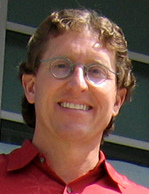
|
Bradley Chmelka Professor of Chemical Engineering UC Santa Barbara Brad Chmelka has been involved with the PIRE-ECCI on campus for most of phase I, with active participation in on-campus seminars and week-long events. His research interests include correlation of macroscopic material properties and function with molecular structure and dynamics, particularly in heterogeneous macromolecular solids. Synthesis and characterization of self-assembled inorganic-organic and mesoporous materials for catalysis, separations, and opto-electronic applications. Molecular dynamics and structure in hierarchically ordered polymers, liquid crystals, nanocrystals, and biominerals. Development and application of nuclear magnetic resonance spectroscopy methods for characterizing structure, dynamics, adsorption, transport, and reaction properties of new solid-state materials. |
 |
Peter Ford Professor of Chemistry UC Santa Barbara Peter Ford became an active participant in Phase I of PIRE-ECCI, sending two of his advisees to China for extended research visits and being a visible collaborator to the program on campus. His research is concerned with three long-term interests: catalysis, the photochemistry and photophysics of transition metal complexes, and the bioinorganic chemistry of nitric oxide complexes. The common theme is an interest in reaction mechanisms and in applications of quantitative spectroscopic techniques to investigate these systems. |
 |
Michael J. Gordon Professor of Chemical Engineering UC Santa Barbara Mike Gordon was a frequent participant in PIRE-ECCI events, including the last workshop of PIRE-I in Dalian in the summer of 2009, and as the advisor of a fellowship winner for the 2009-2010 academic year. His research interests are to explore, understand, and exploit the unique physicochemical properties and dynamics of nanoscale systems found in material science, microelectronics, catalysis, and biology. His approach focuses on the development and application of "hybrid" scanning probe microscopy (SPM) techniques for chemical, optical, electrical, and mechanical interrogation of single nanostructures and surfaces to learn how size, confinement, organization, and surface chemistry affect behavior. The majority of his work is "hands-on" experimental science involving a combination of SPM (scanning tunneling, atomic force, and near-field optical microscopy - STM, AFM, SNOM), laser spectroscopy, and nanofabrication (litho, etching/deposition, nanoparticle synthesis/organization, and surface functionalization). |
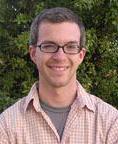 |
Trevor Hayton Professor of Chemistry UC Santa Barbara Our research involves the synthesis and characterization of new inorganic and organometallic complexes and materials. One goal of this work is to improve our understanding of the structure and bonding in both transition metal and actinide systems. But we are also trying to discover new organic transformations mediated by metal centers. |
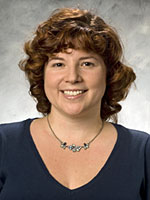 |
Lubella Lenaburg Evaluation Coordinator UC Santa Barbara Lubi Lenaburg is an expert in the evaluation of international science programs and will help coordinate the effort to assess the efficacy of our program within the context of education with an international collaboration at the center of its regime. She serves as the evaluator for the ConvEne IGERT and ICMR IMI NSF awards; both contain strong international components and are collaborators of the PIRE-ECCI. |
 |
R. Daniel Little Professor of Chemistry UC Santa Barbara Our research can be assigned to two main fields: Organic Electrochemistry and the chemistry of Reactive Intermediates. We are focused upon the development, use, and understanding of reactions and reactive intermediates – and their application to the synthesis of bioactive and other structurally interesting materials. We emphasize mechanistic aspects because we believe in the fundamental importance of them in gaining an understanding of the (electro)chemistry and the intermediates we investigate. Our efforts allow the exploration and useful conversion of a variety of interesting and reactive intermediates, including diradicals - especially those related to trimethylenemethane, as well as radical anions and radical cations - the latter being generated using a variety of electrochemical techniques. |
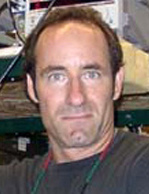 |
Eric McFarland Professor of Chemical Engineering UC Santa Barbara Eric McFarland has been involved with the PIRE-ECCI as a research collaborator since its inception. His research activities are focused on coupling fundamental processes at surfaces with novel material systems for the production of energy. In particular, fundamental surface chemical-electrical phenomena related to catalysis and photoelectrocatalysis, and photovoltaic and chemo-electronic devices are under investigation. The group develops and uses automated, high-throughput, synthesis and screening systems to couple traditional chemical approaches to combinatorial methods for new material and material system discovery. Investigations of supported metal nanoclusters for gas phase and electrochemical reactions are designed to improve our understanding of heterogeneous catalysts used in energy producing reactions. Renewable production of hydrocarbon and hydrogen fuel production is a specific target, however, results have also been applicable to hydrogen and methanol fuel cells catalysts. |
 |
Horia Metiu Professor of Chemistry UC Santa Barbara Horia Metiu served as an active principle investigator throughout the first five years of PIRE Phase I, along with being the seminar series coordinating faculty member, inviting dozens of high-profile researchers to give talks at UCSB to share their forefront research. His research involves time-dependent statistical mechanics with applications to reaction rates, hydrogen diffusion on surfaces, desorption rate; catalysis by metal nanoparticles on oxide supports; simulations of fuel-cell membranes. |
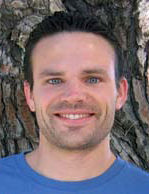 |
Baron Peters Professor of Chemical Engineering UC Santa Barbara Baron Peters is a recent collaborator in the late years of PIRE Phase-I. His research involves the kinetics of nucleation, electron transfer, and catalytic reactions that depend on the properties of short-lived and rarely-visited transition states that cannot be directly observed in experiments. Insight into the properties of transition states is gained by using molecular simulation and electronic structure theory. Examples include the effects of solution additives on nucleation rates for crystallization, the dominant electron transfer conduits in realistic fluctuating environments, and catalytic reaction mechanisms. When applications pose new challenges beyond the scope of available techniques, theories and algorithms are developed to address those challenges. In particular, his group specializes in path sampling methods for free energies and reaction coordinate identification, metrics for reaction coordinate error, methods to obtain accurate rate constants, and multiscale simulation approaches. |
 |
Kevin Plaxco Professor of Chemistry UC Santa Barbara Our research program is comprised of closely allied applied and basic thrusts. The aim of our applied research is to harness the speed and specificity of biopolymer folding as a signal transduction mechanism in a novel and highly general class of real-time, “real-world” optical and electronic biosensors. In related studies we are exploiting the extraordinary cooperativity of folding for the creation of adaptive, responsive surfaces and materials. The goal of our basic research is the development and testing of a quantitative, first principles theory of the mechanism by which proteins fold. Related theoretical and experimental projects include intensive studies of the structure and dynamics of the unfolded state and the collective dynamics of the native state. |
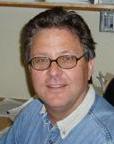 |
Norbert Reich Professor of Chemistry UC Santa Barbara We are interested in the study of enzyme function, primarily at the levels of catalytic and specificity mechanisms, with a long term goal of developing enzyme inhibitors with potential therapeutic application. The current focus is on both bacterial and mammalian enzymes involved in the epigenetic process of DNA methylation. A second focus of the lab combines bio-inspired molecular assembly concepts with novel inorganic materials to develop nano-electronics, new biophysical and cell-biology tools, and novel sensors. |
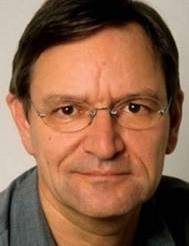 |
Matthias Scheffler
Director, Theory Department FHI-Berlin Dr. Scheffler is the Distinguished Visiting Professor of Computational Materials Science and Engineering, with a 50% appointment at UC Santa Barbara which is split equally between Materials and Chemistry. He is the director of the Theory Department of the Fritz-Haber-Institute since July 1988 and has been a research and program collaborator since the beginning of PIRE Phase I. His research interests include Self-consistent calculations of the electronic structure, theoretical studies of magnetic properties, ab-initio calculations of atomic structure and of vibrations, theory of electron scattering and of interactions of electrons and photons with surfaces, clusters, chemisorption theory, surface crystallography, and collective excitations in atoms and metal clusters. |
 |
Susannah Scott Professor of Chemistry UC Santa Barbara Susannah Scott has been an active co-director of the PIRE-ECCI since year two of Phase-I. She moves to the position of director with a strong foundation in active leadership and a keen sense of direction and focus. Her research group conducts both fundamental and applied research in surface chemistry and catalysis. Their aim is to understand the interactions and transformations of molecules at the gas-solid interface by creating highly uniform active sites. They apply techniques from organometallic and coordination chemistry, surface science, spectroscopy, kinetics, mechanistic analysis and modeling to investigate, design and reengineer heterogeneous catalysts. The group consists of chemical engineering and chemistry students working closely together to solve problems at the interface of chemistry and reaction engineering. |
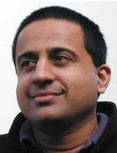 |
Ram Seshadri Professor of Materials Engineering UC Santa Barbara Ram Seshadri is becoming a bigger presence to the PIRE in its second phase. He had one group member win a fellowship and complete an XRV in the second half of the first phase, and will likely have more collaborations in phase-II. His group research is focused on the crystal chemistry and crystal-structure — property relations in functional inorganic materials, both bulk and nano. In addition to their traditional focus on magnetism, polar materials, and porosity, they find themselves increasingly contributing to materials for heterogeneous catalysis and for applications in solid state lighting (semiconductors, phosphors ...). They also extensively research functional (particularly oxide) nanomaterials. A unifying theme in almost every aspect of our work is the compositional tuning of the properties of extended solids through solid solution; sometimes referred to (by them) as the game of x, as, for example, in La2-xSrxCuO4. |
 |
Karen Smith-Bogart Technology Management Program Adjunt Lecturer UC Santa Barbara Karen Smith Bogart continues her role in the PIRE as the Technology Management Program (TMP) lecturer and tour leader for our biennial Chinese Technology Transfer Study Tour. She is a business professional and president of local start-up, Pacific Tributes, Inc. She is especially suited to lead the group as the former Senior Vice President of Eastman Kodak Company located in Shanghai, China. She was responsible for Kodak’s businesses and operations across Asia and has first hand knowledge of leading a technology-based company with ties to Asia. |
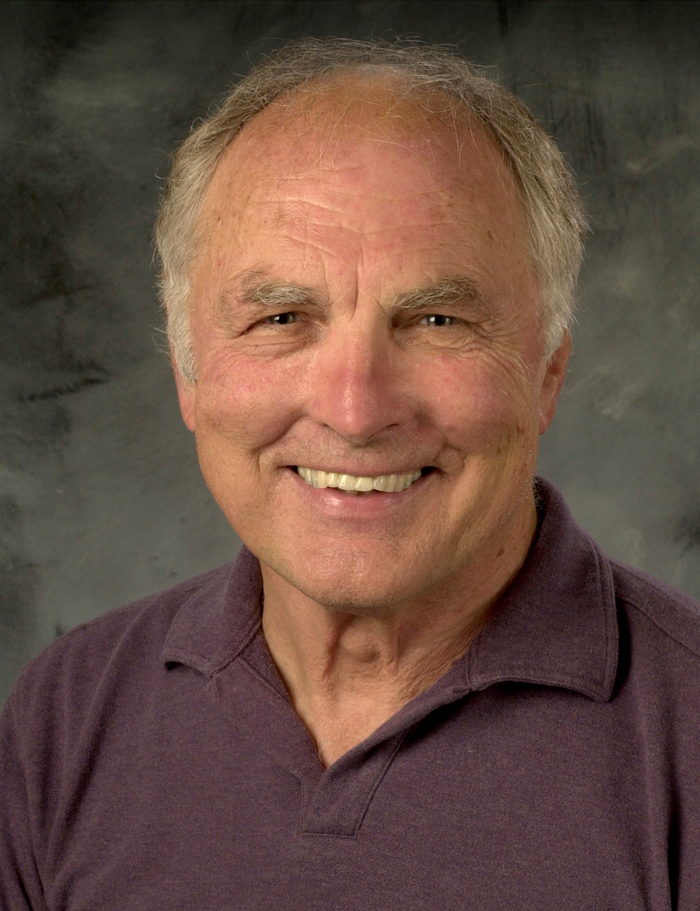 |
Galen Stucky Professor of Chemistry UC Santa Barbara Galen Stucky's participation in the PIRE grew over the years of Phase-I. His group members participated actively in on-campus events and research collaborations. His research involves organic/inorganic interface chemistry including the molecular assembly of material systems with integrated nanoscale to macroscale functionalities; the use of inorganic species and surfaces to define biomolecular assembly (e.g., transmembrane proteins) and biosystem processes (e.g. blood clotting cascade chemistry and hemostasis); conversion of methane (biomethane and stranded natural gas) to chemicals and fuels; meso- and nanostructured photovoltaic and photocatalytic composite systems; gradient materials and interfaces; and understanding Nature's routes to organic/inorganic bioassembly. |
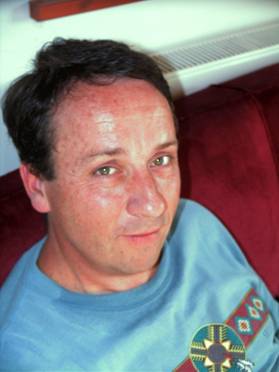 |
Alec Wodtke Professor of Chemistry UC Santa Barbara Alec Wodtke was the brains behind the PIRE-ECCI project. He wrote the original grant and served as director for most of Phase-I, until his promotion to Alexander von Humboldt professorship at the University of Goettingen in Germany in April 2010. His enthusiasm for the project, and science in general, was a source of inspiration for all participants. He kept many of his group members heavily involved in the project, both on campus and on XRVs. He will continue to be a force of gravitas for the PIRE in its second Phase. His research involves photochemical production of cyclic-N3, vibrational promotion of electron emission and the scattering of laser-prepared molecules from metal surfaces. |
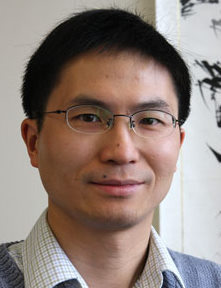 |
Liming Zhang Professor of Chemistry UC Santa Barbara Liming Zhang joined UC Santa Barbara in July, 2009, towards the end of Phase-I. His research group is mainly interested in developing practically useful and novel synthetic methods based on a range of powerful catalytic platforms/systems. The goal is to streamline synthetic transformations and offer unprecedented efficiency in accessing a large array of functional structures. Application of these novel synthetic methods as key transformations in total synthesis of reasonably complicated natural products is a vital research component and serve to test these methods in demanding scenarios and offer new avenues to study their biological/medicinal properties via analog synthesis. Gold and platinum catalysis are the current focus of the group. The combination of gold/platinum catalysis with other metal catalysis and/or organocatalysis to render powerful tandem/sequential transformations will be the next stage of the group research effort. |